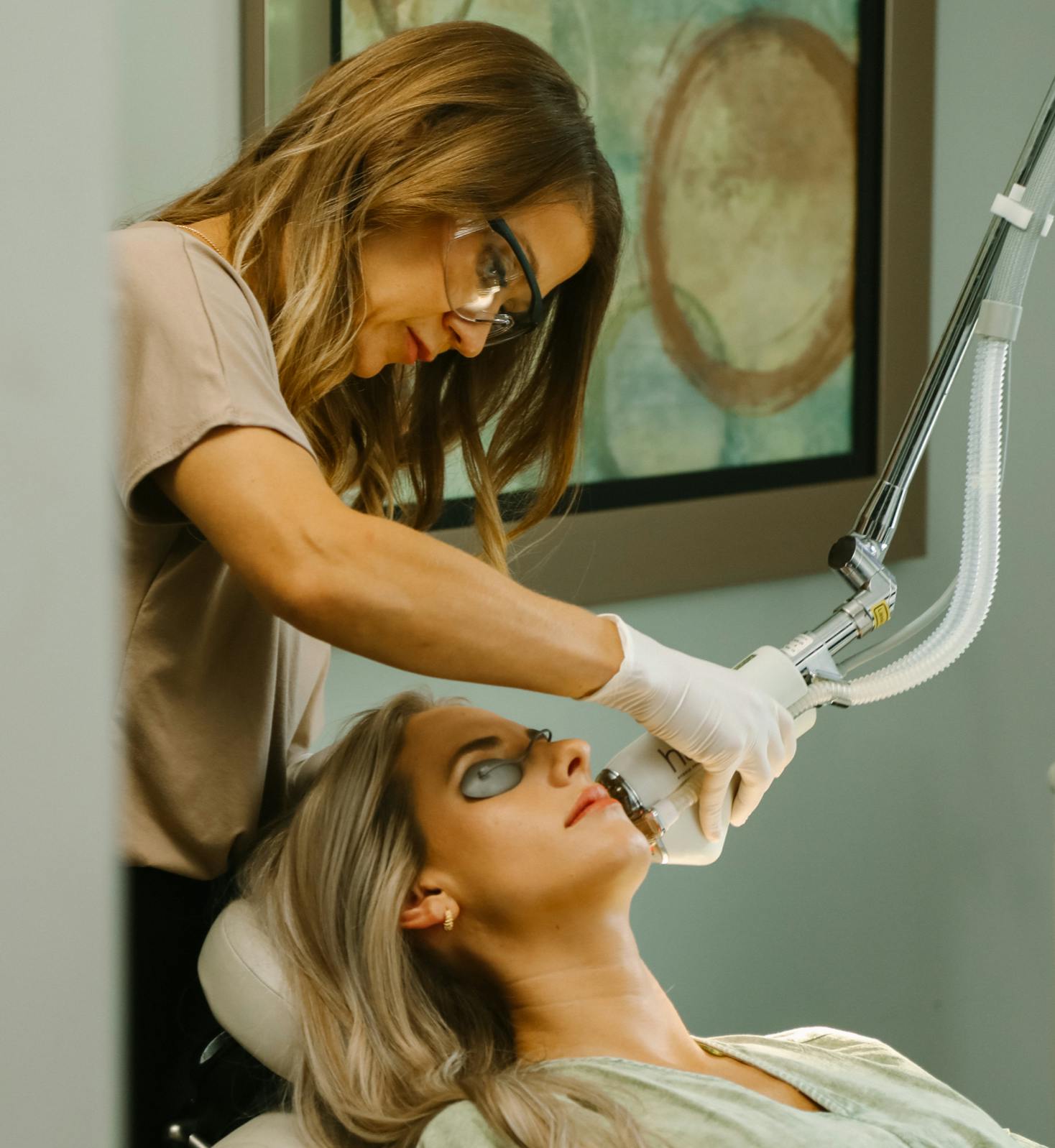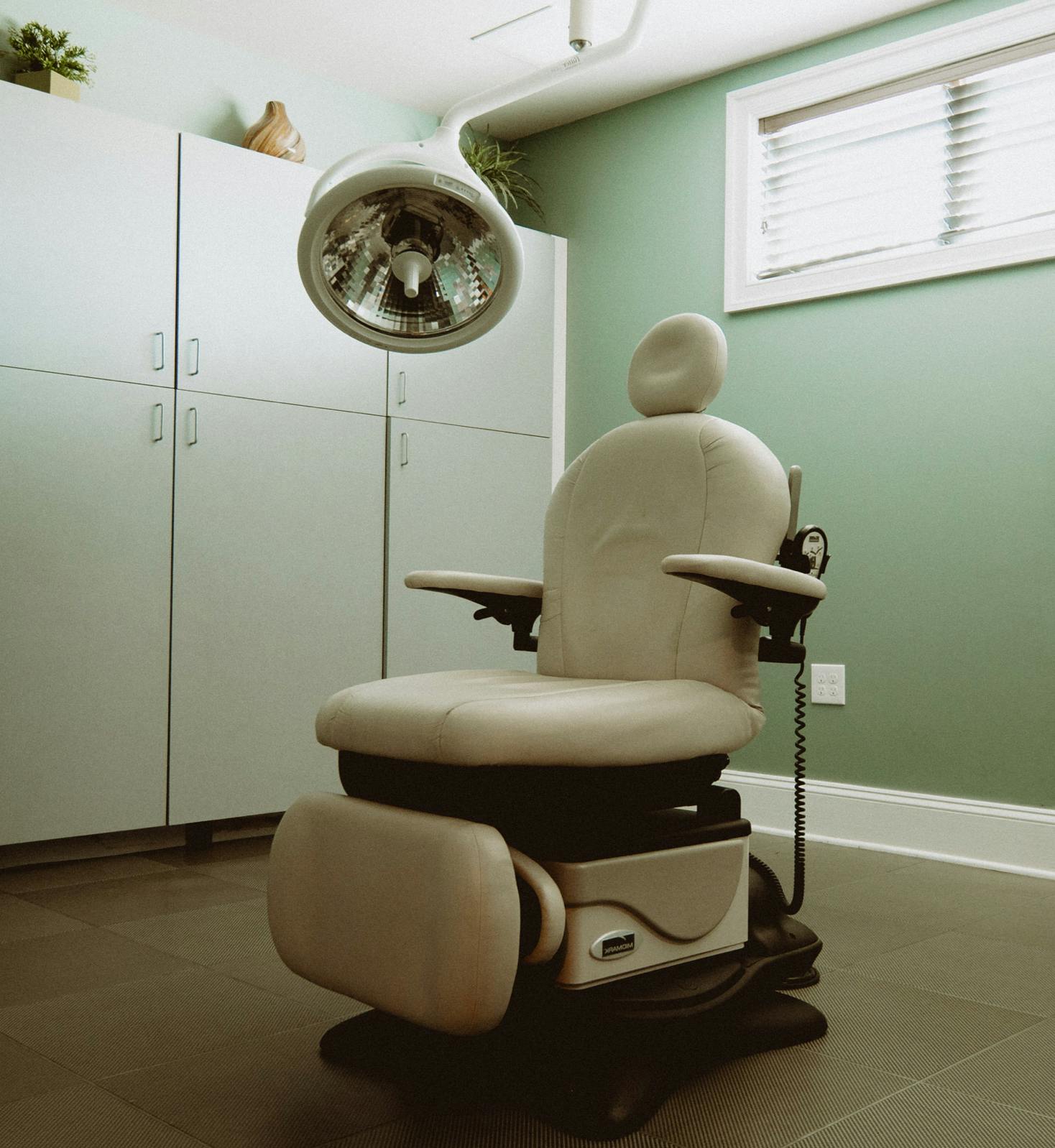A chemical peel uses a chemical solution to improve and smooth the texture of the facial skin by removing its damaged outer layers. It is helpful for those individuals with facial blemishes, wrinkles, and uneven skin pigmentation.
Alpha Hydroxy Acids
Alpha hydroxy acids (AHAs), such as glycolic, lactic, or fruit acids are the mildest of the peel formulas and produce light peels. These types of peels can provide smoother, brighter-looking skin for people who can't spare the time to recover from a phenol or TCA peel.
AHA peels may be used to treat fine wrinkling, areas of dryness, uneven pigmentation, and acne. Various concentrations of an AHA may be applied weekly or at longer intervals to obtain the best result.
Dr. Cappuccino will make this decision during your consultation and as the treatment proceeds. An alpha hydroxy acid, such as glycolic acid, can also be mixed with a facial wash or cream in lesser concentrations as part of a daily skin-care regimen to improve the skin's texture.
Alpha Hydroxy Peel (AHAs) Uses:
- Smooths rough, dry skin
- Improves texture of sun-damaged skin
- Aids in control of acne
- Can be mixed with bleaching agent to correct pigment problems
- Can be used as TCA pre-treatment
Considerations
- A series of peels may be needed
- As with most peel treatments, sunblock use is recommended













